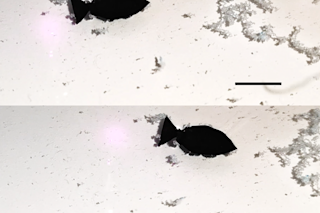Sometimes a "good enough" military technology can achieve victory over better military technologies. Such a fact probably gave very little comfort to the five-man crews of U.S. Sherman tanks who faced an uphill battle against more powerful German tanks during World War II. British tank crews gave Sherman tanks the unflattering nickname "Ronson" — a grim reference to the Ronson cigarette lighter's ad slogan "lights first every time" and the unfortunate fact that Sherman tanks often burned after taking just one hit. But that did not stop the U.S. from supplying tens of thousands of Sherman tanks to U.S., British, Canadian and other Allied forces, tipping the scales against the smaller numbers of elite German tanks on World War II battlefields.
The armchair historian debate over the Sherman's war legacy could blaze up once more with the new war film "Fury", starring actor Brad Pitt as a U.S. tank commander ...














